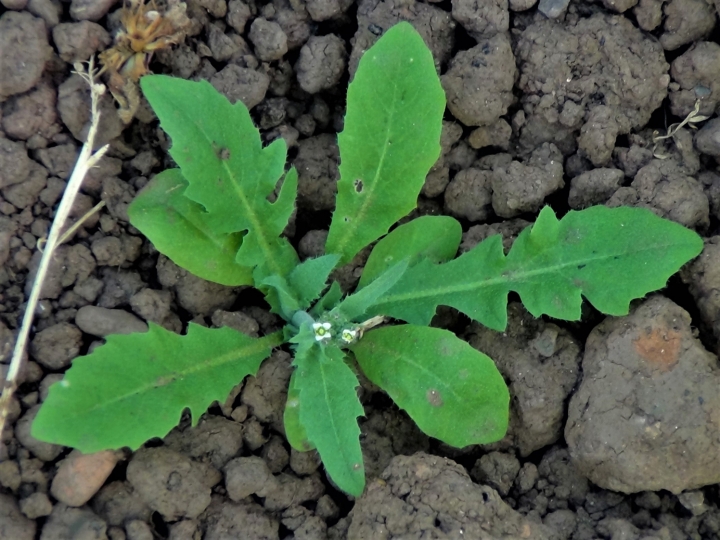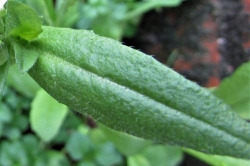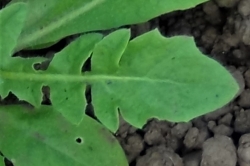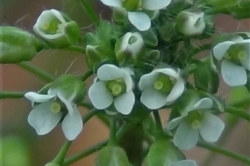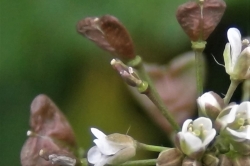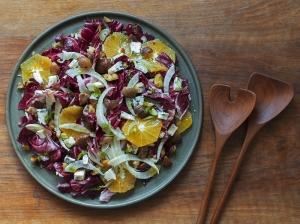This common plant has been used as a food over the centuries and gets its name from the seed pods or ‘purses’ that contain the seeds or ‘coins’. These seeds though tiny have been used as an ingredient for breads or dampers by being roasted and ground into a flour.
Home / Hedgerow Guide /
Shepherd’s Purse
Shepherd’s Purse
Seeds
The seeds are contained in heart shaped or purse shaped seed pods running the length of the flower stem.
Habitat
Woodland, cultivated land, waste ground, gardens, cracks in pavements, in fact almost anywhere.
Possible Confusion
With its heart shaped seed pods it is difficult to confuse with anything else.
Taste
Slightly peppery or cabbage like.
Frequency
Common.
Collecting
The leaves are eaten raw or cooked with only the younger, fresher leaves being used. The flower tips can be eaten as a snack while out walking.
Medicinal Uses
The dried flowers and leaves of Shepherd’s Purse, used as a tea, are said to be good for stopping internal and external haemorrhaging particularly the kidneys. It was used for this purpose in the Great War. Some of the tea (cold) can be used on a cotton bud to staunch nosebleeds.



 (20 votes, average: 3.55 out of 5)
(20 votes, average: 3.55 out of 5)